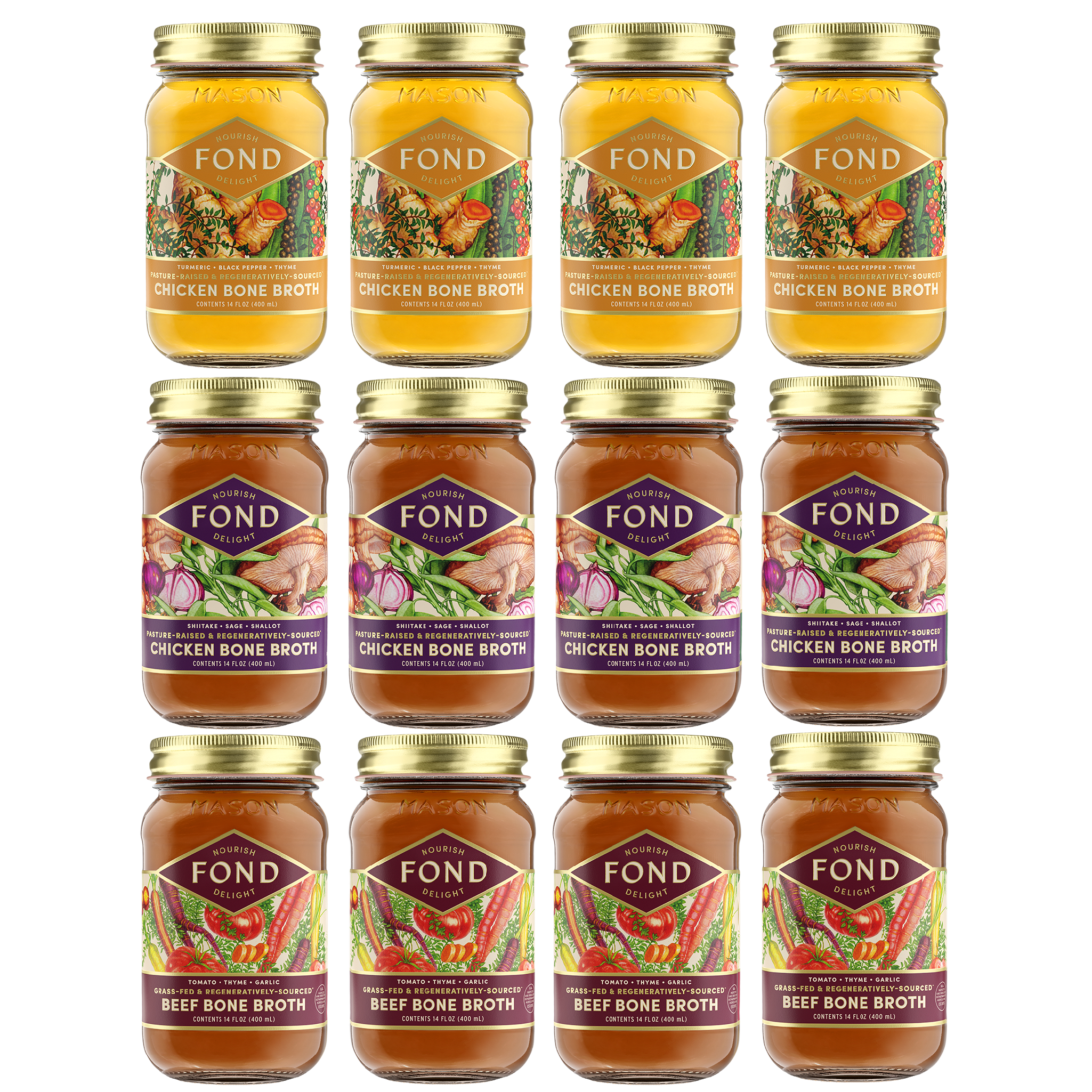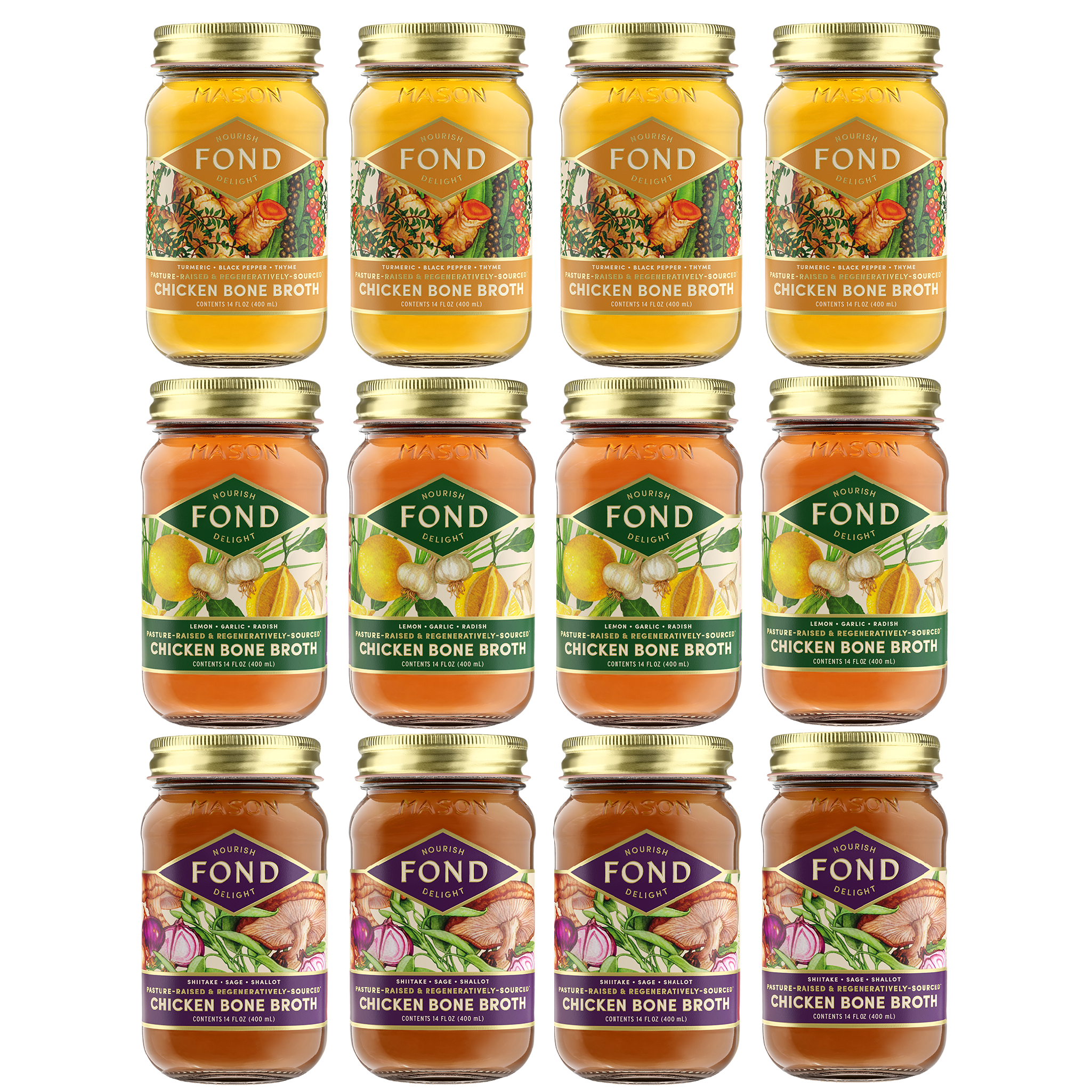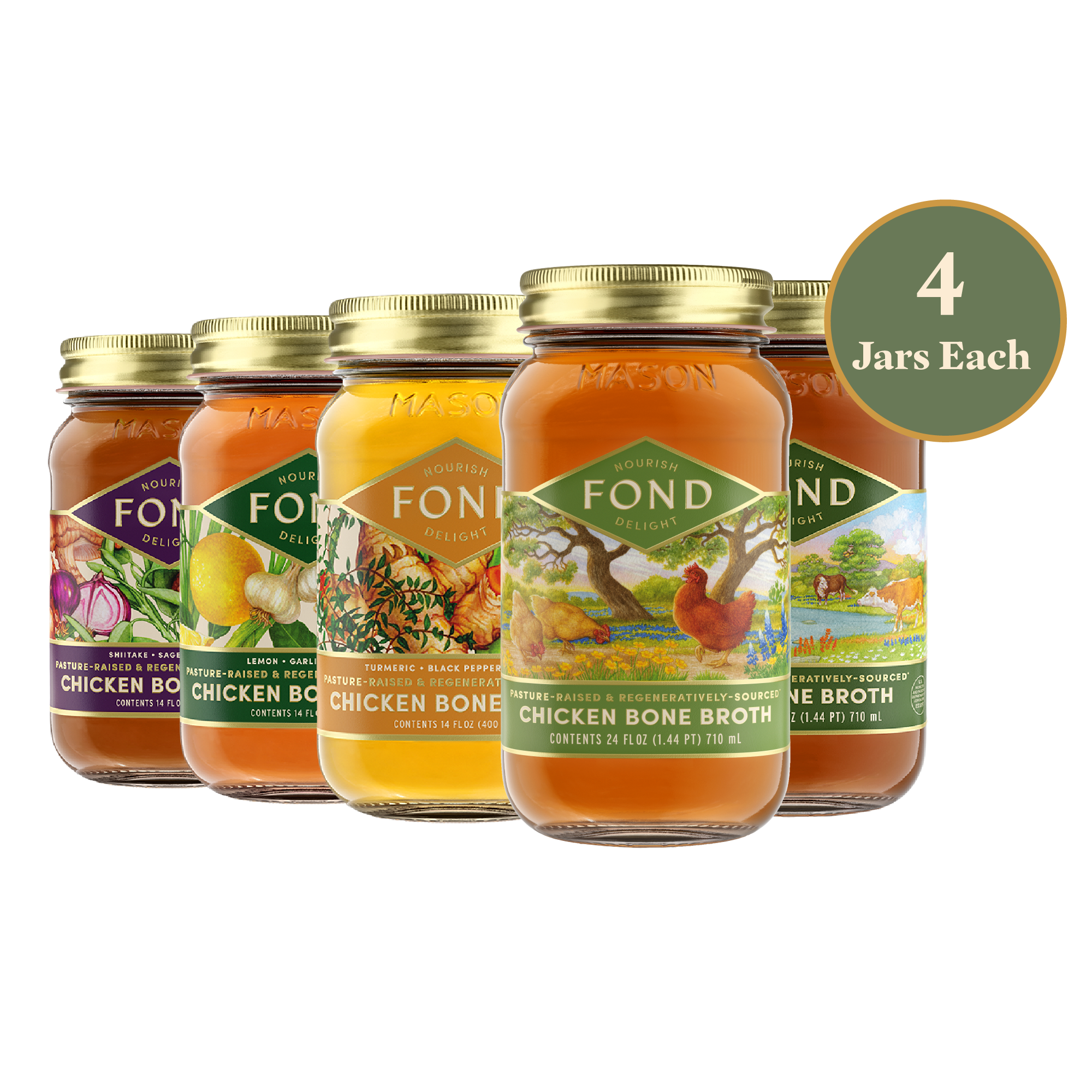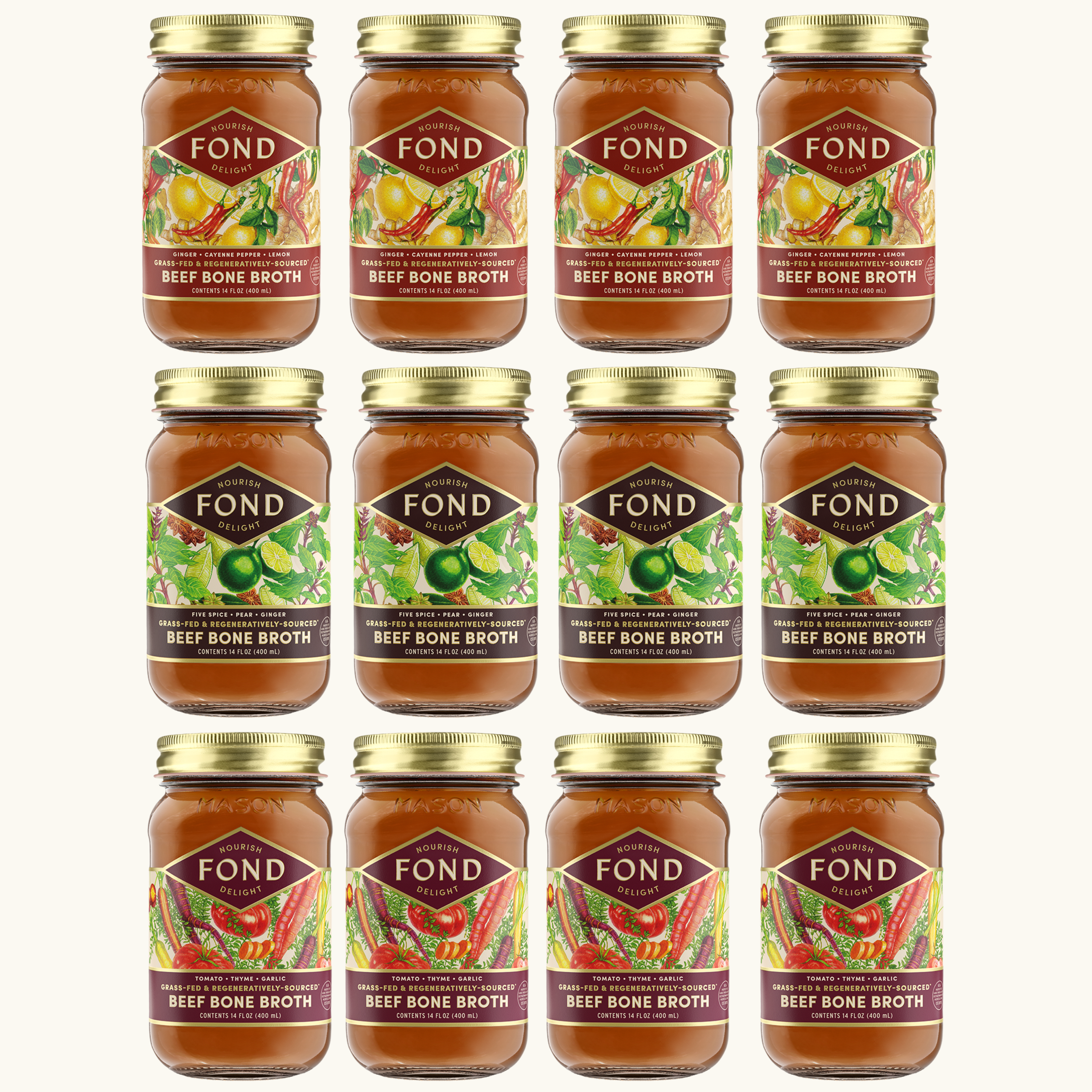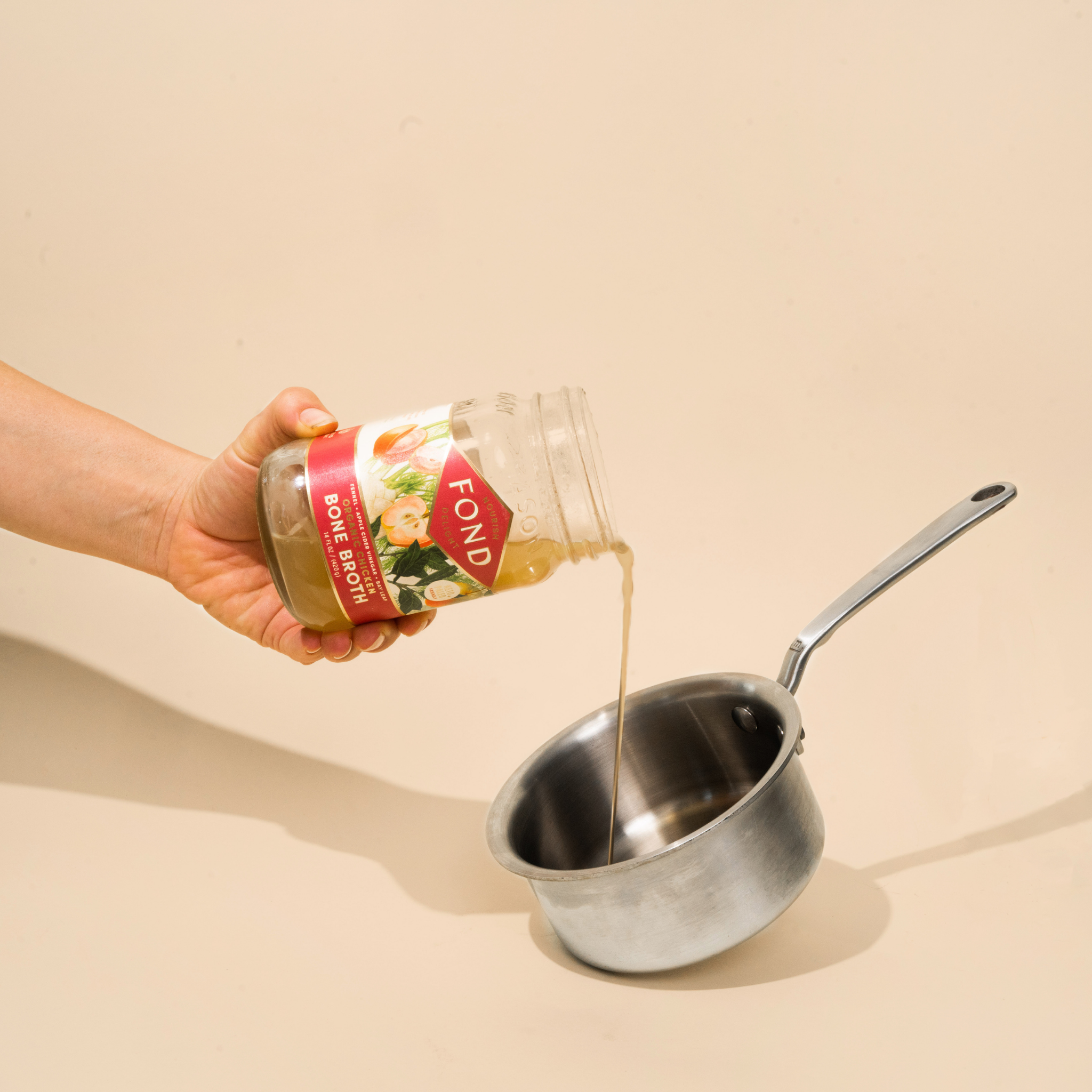Your Regenerative Garden Guide
As the vibrant colors of spring begin to emerge, we feel called to start fresh and reconnect with nature. What better way to embrace the season's energy than by cultivating your own regenerative garden?
With warmer weather, increased sunlight, and natural showers, Spring offers the perfect conditions for your plants to take root before hot summer days. By using our regenerative gardening tips & techniques, you can reap more nutrient-dense produce, a better crop harvest, and feel good knowing you’ve done your part to create a greener Earth.
Don’t till your soil: While tilling is commonly used to prep the soil and dig up weeds, it actually destroys beneficial microorganisms beneath the surface, releases CO2 gases, and brings more weed-producing seeds to the surface.
Do opt for no-till methods: Using cover crops and organic mulches does more for the soil than tilling ever could. This no-dig approach can suppress weeds, sequester carbon, and enhance water retention, all while building a rich underground ecosystem.
Don't use synthetic fertilizers: The harmful chemicals in these products absorb into the soil, disrupting the living ecosystem, and eventually making their way into your food.
Do enrich your soil with compost: Create an organic compost made of yard trimmings, raked leaves, and kitchen scraps, like fruit, veggies, egg shells, coffee grounds, and stale bread. This low-waste method promotes microbial activity and provides an abundance of essential nutrients for plant growth.
Don’t limit your garden to monoculture planting: Planting the same crop in the same area repeatedly can deplete the soil of nutrients.
Do rotate your crops: Crop rotation gives the soil time to replenish missing nutrients from the last species. An example would be to plant nightshades, like tomatoes, eggplants, peppers, during one season, then umbels, like carrots, parsnips, and fennel, the next season, and finally, legumes the third season. Love a particular crop? Try planting it in a different area of your garden!
Don’t kill pests with pesticides: Like synthetic fertilizers, pesticides and herbicides can end up in your food. Not to mention, they are cruel to the animals and insects that may visit your garden.
Do plant strategic crops: Some flowers and herbs, like lavender and marigold, have a strong smell that naturally ward off pests. However, companion planting is another technique that can protect your garden. For instance, tomatoes pair well with marigolds. Marigolds attract the beneficial insects and pollinators that increase fruit production and eat pests that would harm tomato plants.
Don't forget the pollinators: As stewards of the earth, our gardening practices extend beyond cultivation; they play a vital role in nurturing and preserving the delicate balance of pollinators, like bees, butterflies, and hummingbirds.
Do incorporate native wildflowers and flowering herbs: Creating a welcoming habitat for pollinators not only ensures a fruitful garden but also contributes to the health and resilience of our environment. Dedicated pollinator zones filled with nectar-rich plants help foster biodiversity, abundance, and harmony in our gardens and beyond.
We encourage you to take some time to get your hands dirty this spring. From the loving movement of tending to the mental clarity after time spent outdoors, gardening is a holistic practice that nourishes your mind, body, and spirit.
As your buds begin to bloom, sit back with a mug of FOND and enjoy the beauty of blooming flowers, the gentle rustle of leaves in the breeze, and the bustling activity of pollinators.






























